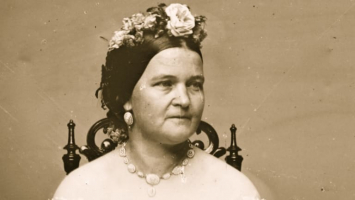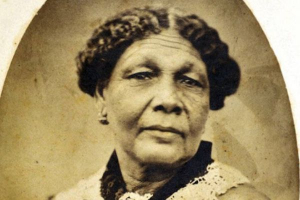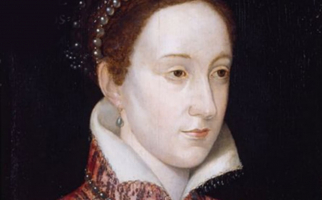Top 7 Interesting Facts about Mary Shelley
A goth icon, Mary Shelley wrote the famous horror book Frankenstein. She depicted the most gruesome settings in her literature, wrote about the evils of ... read more...humanity, and led a mysterious, tragic life. There is more to her story than just being the author of Frankenstein, as some people may only be familiar with. Here are a few interesting facts about Mary Shelley you might not be aware of!
-
Percey Shelley and Mary Godwin (at the time) came to Geneva, Switzerland for the summer of 1816 despite the miserable weather. There, Lord Bryon, who was touring with John Polidori, his doctor at the time, was encountered by Percy, Mary, their son William, and Mary's stepsister Claire. They discussed personal philosophies and the origin of life throughout the dismal summer days, according to the British Library.
Lord Bryon then suggested one day that they all create ghost stories to exchange with one another. "I busied myself to think of a story", Mary Shelley wrote in the opening to Frankenstein. "One to make the reader dread looking around, to make the blood curdle, and to quicken the heartbeats - one to speak to the mysterious anxieties of our nature and arouse exhilarating horror. I would not be able to call my ghost story a ghost story if I did not succeed in doing these things".
Mary Shelley was inspired to write her most famous horror novel, Frankenstein, which would be read for many generations to come thanks to the ghost story competition and the depressing atmosphere of their summer. This is one of the interesting facts about Mary Shelley.
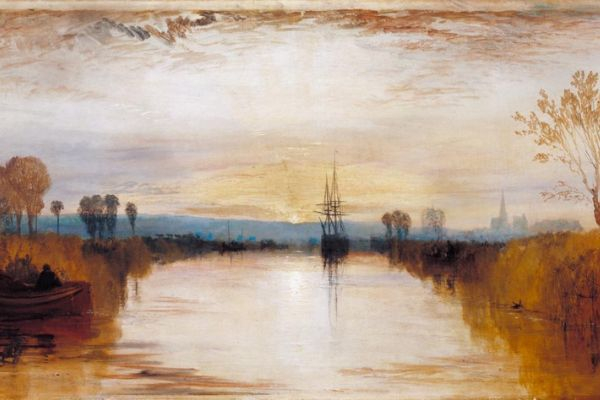
Photo: medium.com 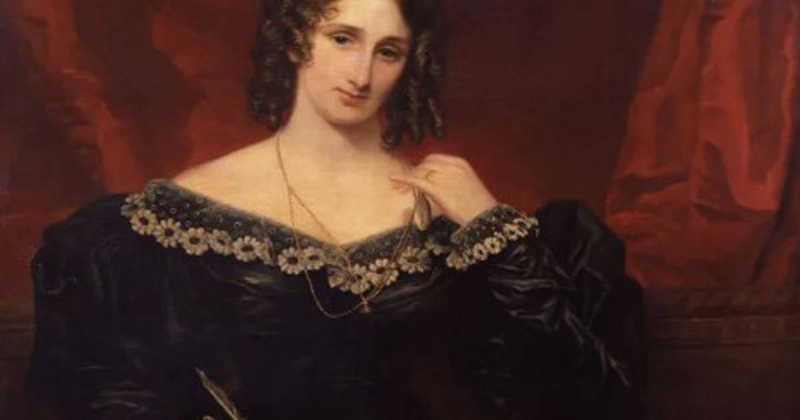
Photo: darik.news -
When reading Frankenstein, it's simple to think that the book was written by a more experienced, more senior author. Mary Shelley was only a teenager when she actually wrote it which is an interesting fact about Mary Shelley. She wrote it in response to Lord Byron's challenge to her to write a ghost story while they were vacationing in Switzerland. Lord Byron is a fellow author and a close friend.
Frankenstein, however, did not enjoy quick popularity; it was turned down by three publishers until the Lackington Company decided to publish it. It was released in early 1818 with an unidentified author listed. It would be another five years before Mary Shelley's name appeared beside the renowned Gothic novel. Readers who like the gothic moral story of Dr. Frankenstein and his monster quickly adopted Frankenstein as one of their favorites.
Numerous reviews that were written after the book's initial release attacked the plot, with one written in 1818 by John Wilson Croker claiming that the book "inculcates no lesson of conduct, manners, or morality; it cannot mend, and will not even amuse its readers unless their taste has been deplorably vitiated." Nevertheless, despite criticism from certain reviewers, Frankenstein was a big hit with readers at the time who adored the gothic tale that swiftly became a classic work of literature.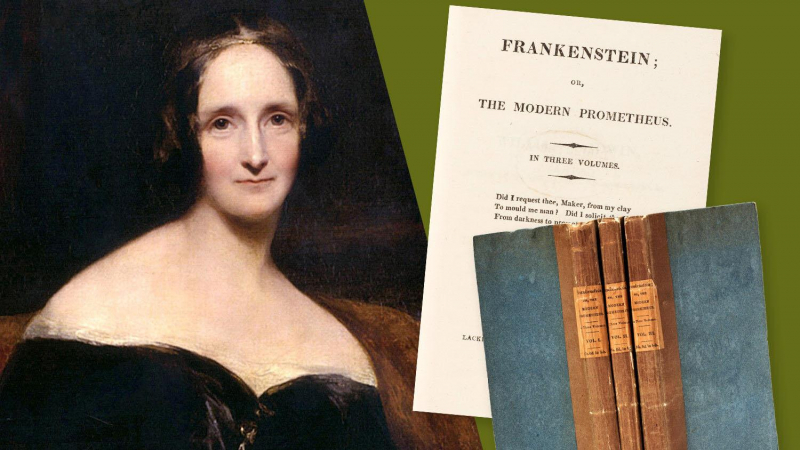
Photo: www.thetimes.co.uk 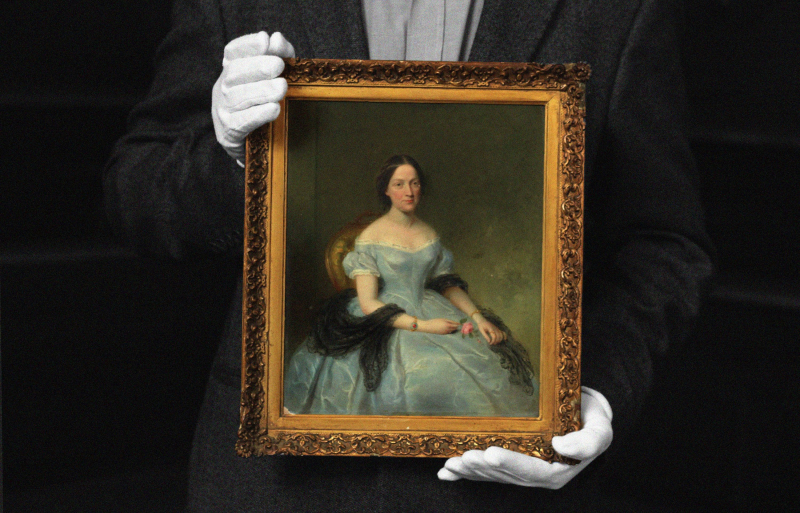
Photo: www.shondaland.com -
Mary Shelley had a nightmare one gloomy night when she and her companion were cooped up in their summer villa with nothing to do but read poetry and discuss ideas with one another. She stated in her author's introduction that Victor Frankenstein was a dream of hers. The horrifying monster is standing by his bedside, opening his curtains and staring at him with yellow, watery, but curious eyes. "He sleeps, but he is woken.
When Mary Shelley awoke, she felt impelled to continue her story and announce to her readers, "I have discovered it! Others will be startled by what frightened me; all I have to do is describe the apparition that had been haunting my pillow at midnight.
People have regarded Mary Shelley as the originator of science fiction ever since Frankenstein was released and readers flocked to read the gothic horror tale about a scientist who uses galvanization to generate new life.
Frankenstein is "the best-known fiction of the Romantic age," according to the Oxford Dictionary of National Biography, and is one of the oldest works of science fiction in recorded history, a point that has been disputed by numerous readers over the decades.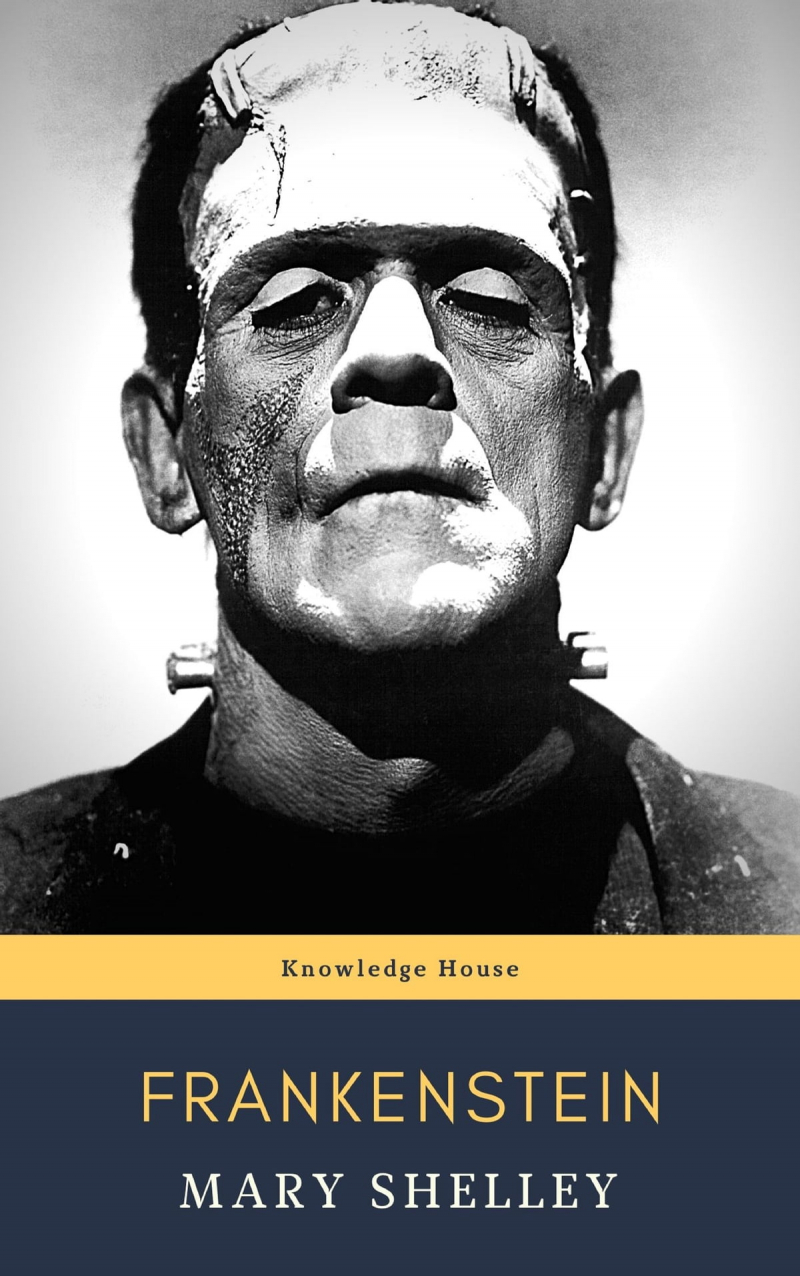
Photo: www.kobo.com Video: Becoming a Bookworm -
It's crucial to recognize the significant influence Mary Wollstonecraft had, even though Mary Shelley was unable to know her because she passed away after giving birth. In her book, A Vindication of the Rights of Woman, the philosopher and writer Mary Wollstonecraft argued that women must get an equal education if they are to advance in society.
While it's possible that these two significant women—each in their own right—couldn't have coexisted, it's obvious that Mary Shelley came from an intellectual family unafraid of challenging social conventions. At a time when women were stigmatized for writing about the more sinister aspects of life, this might have inspired her to create Frankenstein.
Despite growing up without a mother in her childhood, Wollstonecraft's writings had a strong influence on Shelley's writing and ideas because she devoured and relentlessly studied them. Shelley also had no idea that decades later, she would use the abilities and natural aptitude her literary parents had endowed her with to produce one of the most important and timely works of horror sci-fi literature ever produced: Frankenstein, the Modern Prometheus. It is therefore strange that the portrayals of women in Shelley's first book and Wollstonecraft's forceful critique of the misogynistic culture of late eighteenth- and early nineteenth-century Europe could not be more dissimilar.
Shelley portrayed her women as meek, obedient, and dependent on the dominant male narrative, in contrast to Wollstonecraft's arguments for educational equality and female freedom. A thorough reading of Frankenstein, however, reveals how Shelley deftly crafted the stories and characters of these women to actually further the feminist messages Wollstonecraft left behind, rather than to disregard them, quelling the curiosity of this thematic paradox.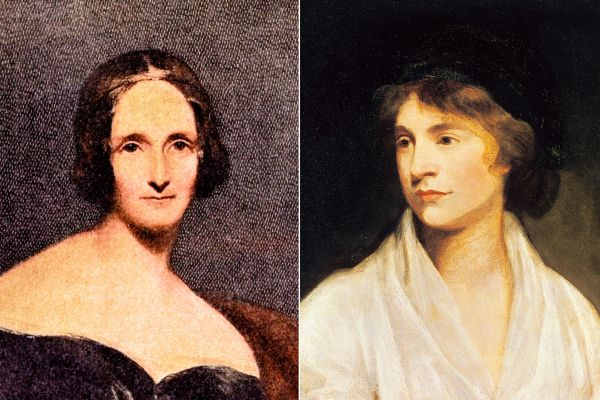
Photo: www.kobo.com 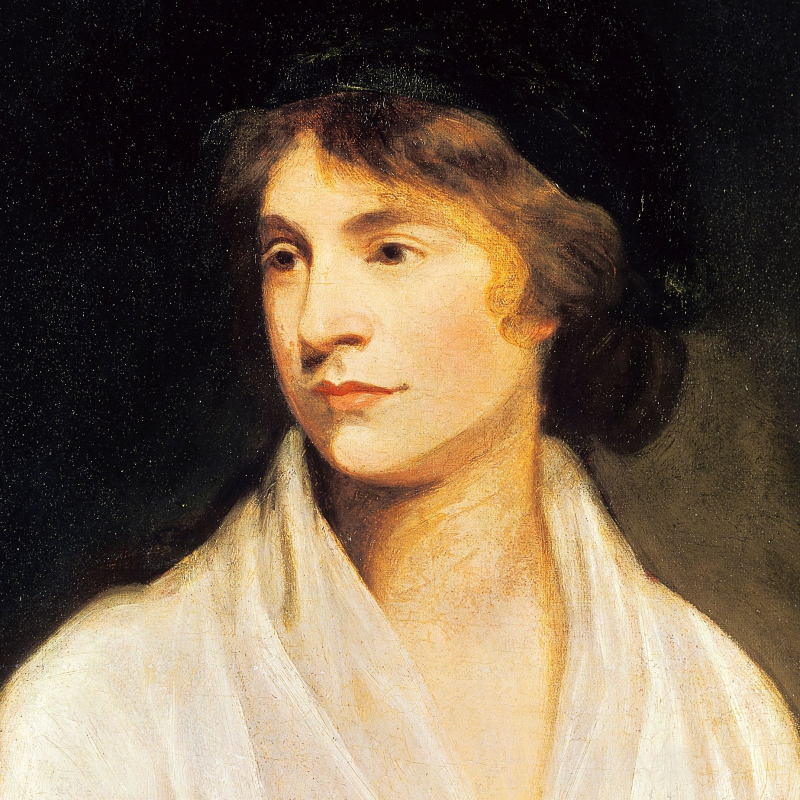
Photo: www.thoughtco.com -
Mary Shelley wasn't just an overnight success. Mary was not only a very motivated and prolific writer, but she also enjoyed experimenting with different genres and wrote a lot more than simply the renowned Frankenstein.
Mary Shelley wrote several other books throughout her career that readers might not be aware of, even though she is best known for creating the classic Frankenstein. The historical fiction book Valperga, written by Mary Shelley in 1823, follows Castruccio Castracani as he invades an imaginary country ruled by euthanasia. Contrary to the plot of Frankenstein, Castruccio forces Euthanasia to choose between her love for him and her love for her home, Valperga, throughout the course of the narrative.
Her works include the historical fiction novel Valperga and the post-apocalyptic novel The Last Man, the latter of which, in a twist that may be most pertinent to the year we are currently experiencing, explored a world where the population had been wiped out by a fatal plague. An end-of-the-world science fiction book that imagines a world where a plague would obliterate humanity. Lodore, a book she also authored in 1835, was very different from her other works because it focused on the roles that women play in families and society. Mary, although having a pretty scandalous personal life, worked closely with Percy Shelley and Lord Byron on their writings and dedicated herself wholeheartedly to her writing career.

Photo: www.kobo.com 
Photo: www.simonandschuster.co -
Another interesting fact about Mary Shelley is that she was born on August 30, 1797, to the feminist author and activist Mary Wollstonecraft and political theorist William Godwin. Mary was destined to have a pretty distinctive personality. Only 12 days after Mary's birth, her mother passed away, yet Mary spent countless hours reading her mother's feminist literature and visiting her cemetery.
William Godwin, her father, was an outspoken opponent of aristocratic privilege and an advocate of anarchy and utilitarianism. The pamphlet An Enquiry Concerning Political Justice and the book Things as They Are; or, The Adventures of Caleb Williams are among his most well-known writings. St. Leon: A Tale of the Sixteenth Century, another intriguing book by Godwin, tells the story of a French aristocrat who learns the key to life's immortality. Although St. Leon isn't widely read today, many scholars think its concepts impacted Shelley's writing of Frankenstein.
Both parents led unconventional lives that would have been unorthodox today. They were adamantly opposed to the institution of marriage, had several partners throughout their lives, and frequently wrote surprising things. Being raised in such a setting had a significant impact on Mary Shelley's development as a female author in 19th-century England.
A fantastic intellectual challenge for Mary Mary did not have a formal education, but she was exposed to a lot of intellectual stimulation from a young age. In fact, her father's home served as a gathering place for notable thinkers, authors, and poets like William Wordsworth and Samuel Taylor Coleridge. She reportedly used to hide behind a sofa as Coleridge read aloud his poem The Rime of the Ancient Mariner as a little girl. This poetry had a significant impact on her novel Frankenstein, or The Modern Prometheus.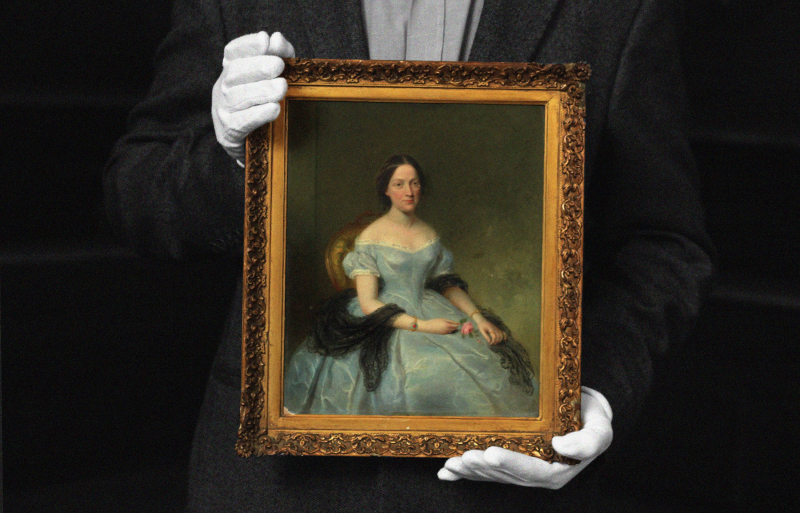
Photo: www.shondaland.com 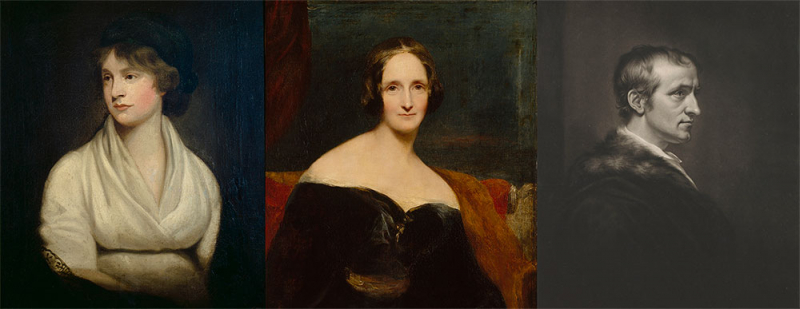
Photo: www.themorgan.org -
It should not be surprising that Mary grew up to be a feisty and extremely independent young woman given her odd parents. So much so that when she was 16 years old, she made the decision to flee her house with a married guy! As a student of Mary's father, William, Percy Shelley was one of the young intellectuals who frequently visited the Godwin home.
Young Mary Godwin piqued Percy's interest, and he was soon smitten by her passionate and astute character.
Godwin tried everything he could to keep Percy and his daughter apart once Percy confessed his feelings for her to him. He was anxious that if Mary left with a married man, not only would her reputation and future possibilities be wrecked, but that his other two daughters, Fanny and Jane, would not receive any marriage proposals. Contrary to her father's desires, Mary nevertheless trudged off with Percy and her sister Jane to France and eventually to Switzerland.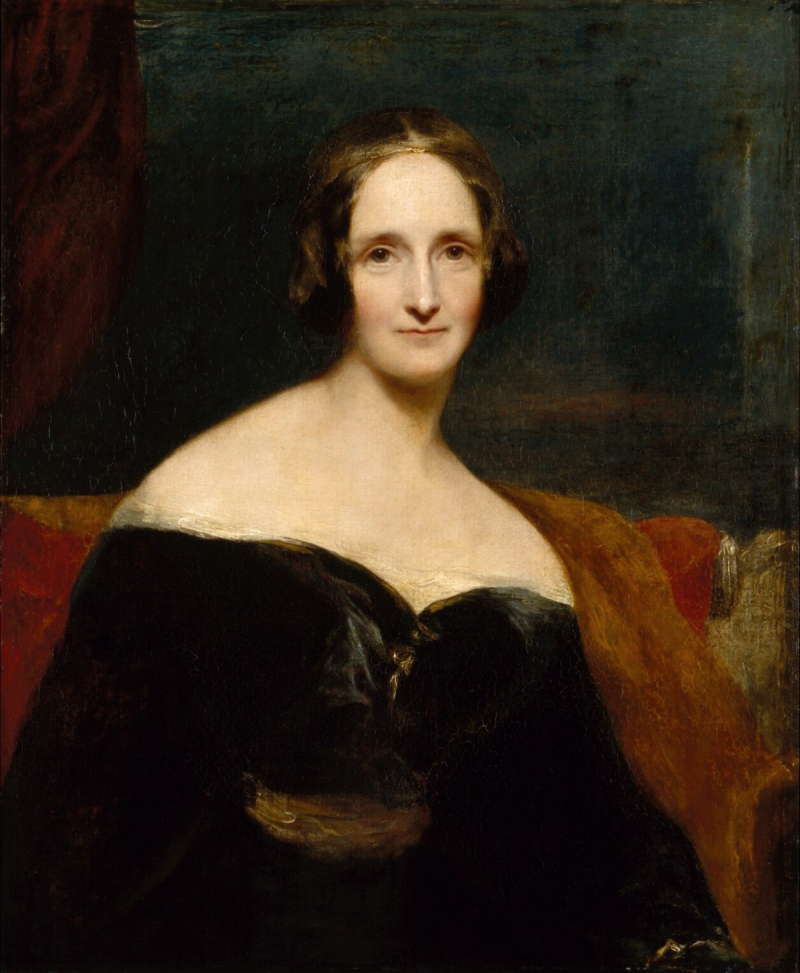
Photo: en.wikipedia.org 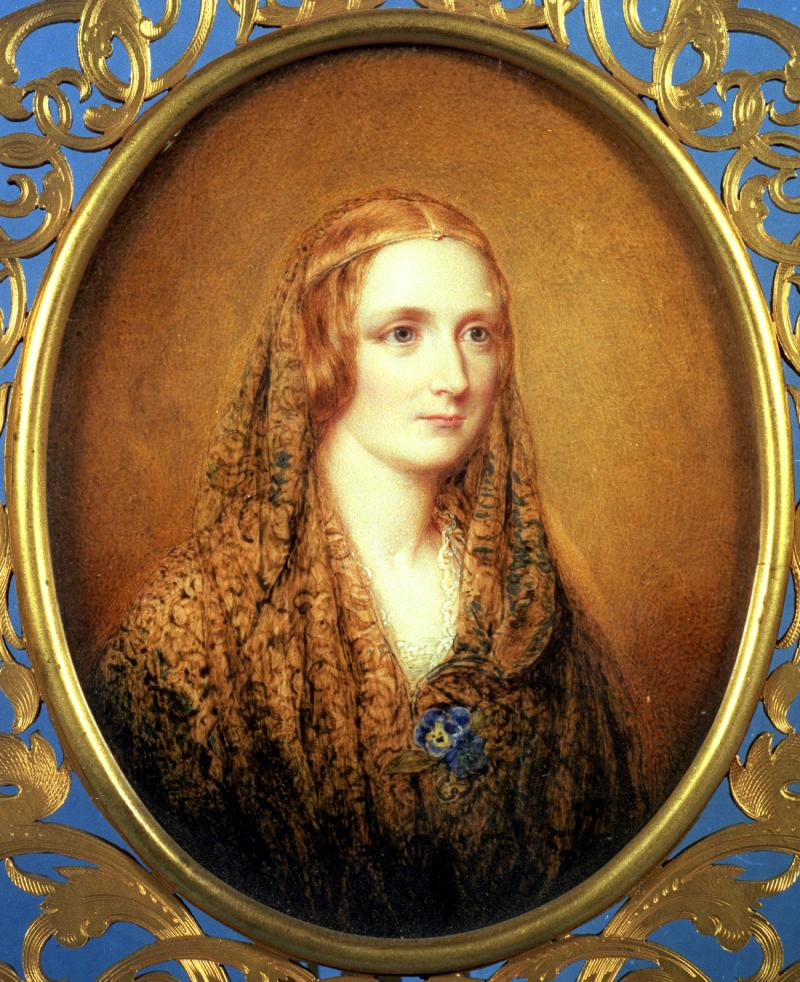
Photo: hazleton.psu.edu









